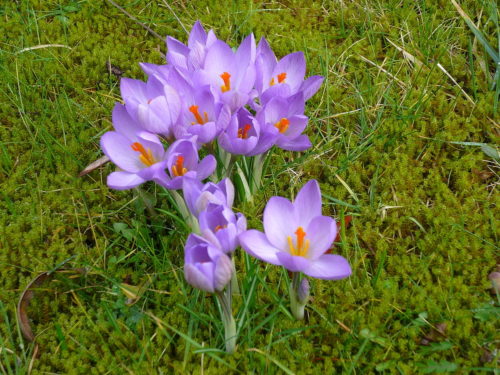Crocus, a bulbous plant of up to ninety varieties. Two-thirds of these are spring bloomers; one-third bloom in the fall.
Do not confuse with:
Autumn crocus (Colchicum), this autumn bloomer has six stamens and the crocus three.
You are viewing the mobile-adapted version of the page.
The one for tablets, laptop and desktop also provides general information, such as origin, toxicity and cultivation.
Crocus – (Crocus), bulbous plant of up to ninety species. Two-thirds of these are spring bloomers; one-third bloom in the fall. Most varieties of crocuses originate from the countries around the Mediterranean Sea. The spring bloomers bloom in February and grow seven to twelve cm tall.
Crocuses like slightly nutritious, humus-rich, water-permeable soil in a sunny spot. Planting depth is 12.5 cm; spacing is 2.5 cm. Crocuses are hardy.
Crocuses multiply easily and form large groups over the years. Crocuses do not like wet soil.
Bugs
Fungi & diseases
The bul
In a group of crocuses, some will lag behind in growth and sometimes the bul

